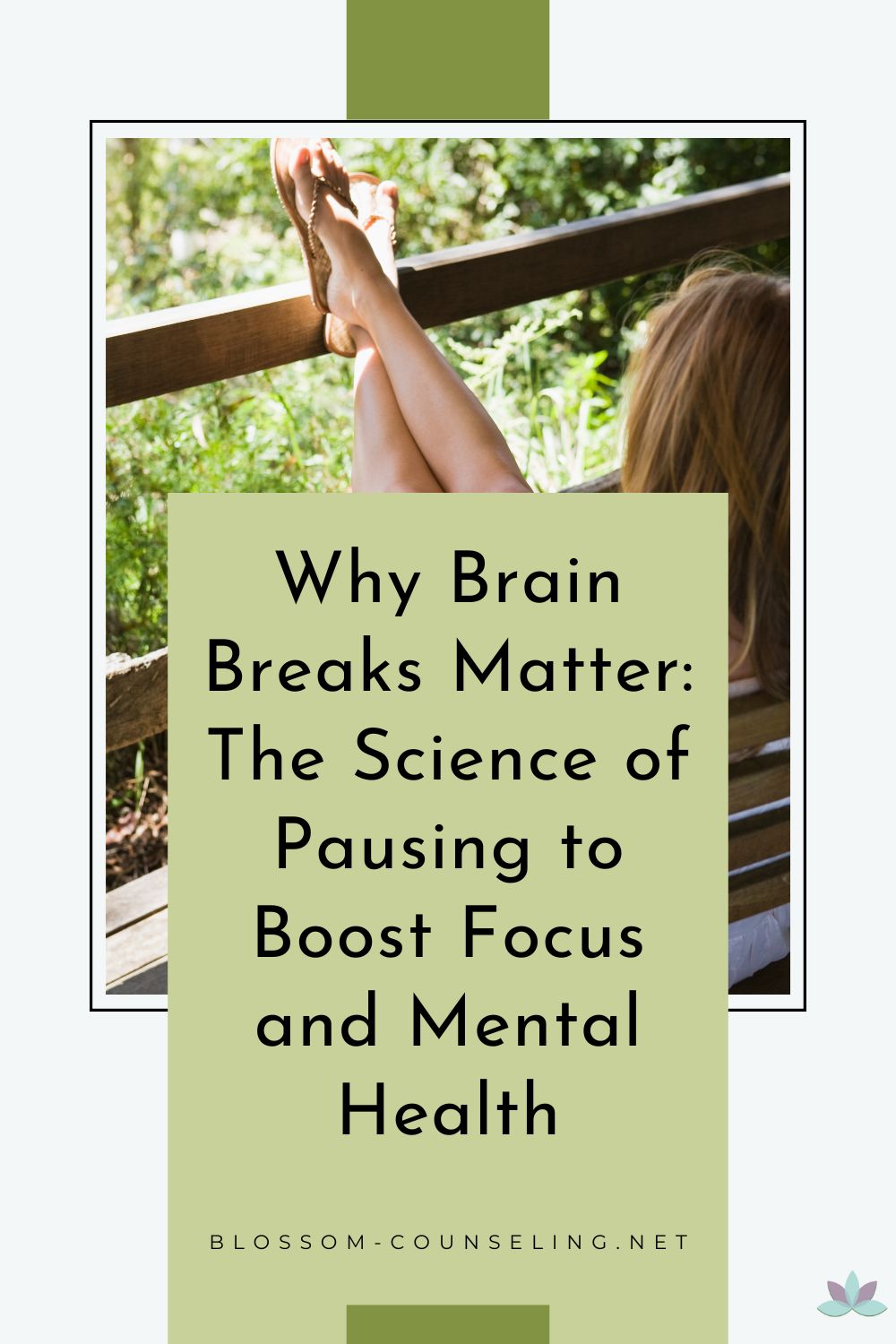
In a culture that glorifies being busy, taking a break can feel like slacking off. Whether you’re a student grinding through assignments, a professional hopping from one Zoom call to another, or a parent juggling a hundred mental tabs, stopping—even for a minute—can feel counterintuitive. But the truth is, our brains aren’t designed to run nonstop.
Enter: the brain break.
A brain break is exactly what it sounds like—a short pause that gives your mind a chance to reset. It’s not about zoning out for hours or abandoning your responsibilities. It’s about stepping away just long enough to come back more focused, less frazzled, and better able to handle what’s next.
The Brain’s Attention Span Has Limits
Let’s get something out of the way: your brain wants to help you focus, but it can’t do it endlessly. Research suggests that our ability to concentrate on a single task maxes out somewhere between 25–45 minutes for most adults (less for kids). After that, attention starts to fade, mental errors increase, and the quality of our work drops—whether we notice it or not.
When you ignore your brain’s limits and try to push through, you’re essentially trying to drive a car on an empty tank. You can coast for a while, but eventually, things sputter out.
Brain Breaks Aren’t Lazy—They’re Strategic
Taking a break doesn’t mean you’re not working hard. It means you understand how your brain functions and are working with it, not against it. Breaks—especially short, intentional ones—help to reset your nervous system. They lower stress hormones, improve mood, and enhance cognitive function. It’s like hitting the refresh button on your internal browser.
Plus, studies have shown that regular breaks can improve problem-solving, creativity, and memory retention. It’s not about doing less; it’s about doing smarter.
The Mental Health Boost Is Real
Burnout doesn’t usually come from a single bad day—it builds over time when we ignore our body and brain’s signals. When you schedule brain breaks into your day, you’re giving yourself permission to check in with how you’re doing. That’s a powerful tool for emotional regulation and stress reduction.
Breaks create space for noticing tension in your shoulders, recognizing you’ve been clenching your jaw, or realizing your thoughts are spiraling. Pausing allows you to reconnect with your body, take a few deep breaths, and shift out of autopilot mode.
What Counts as a Brain Break?
There’s no one-size-fits-all. The key is stepping away from the task at hand and engaging in something that feels different—something that doesn’t require the same kind of mental effort.
That could look like:
Standing up and stretching for 2 minutes
Taking a walk around the block
Listening to music or a short guided meditation
Getting a drink of water and checking in with yourself
Doing a silly dance or a few jumping jacks to reset your energy
Even just 60 to 90 seconds can make a noticeable difference.
Final Thought
The world isn’t going to stop demanding things from you. But you can choose to give your brain the breaks it needs to keep showing up well—for your work, your relationships, and most importantly, yourself.
The next time your focus starts to slip, or your stress starts to climb, don’t just push through. Pause. Breathe. Reset. Your brain will thank you.




